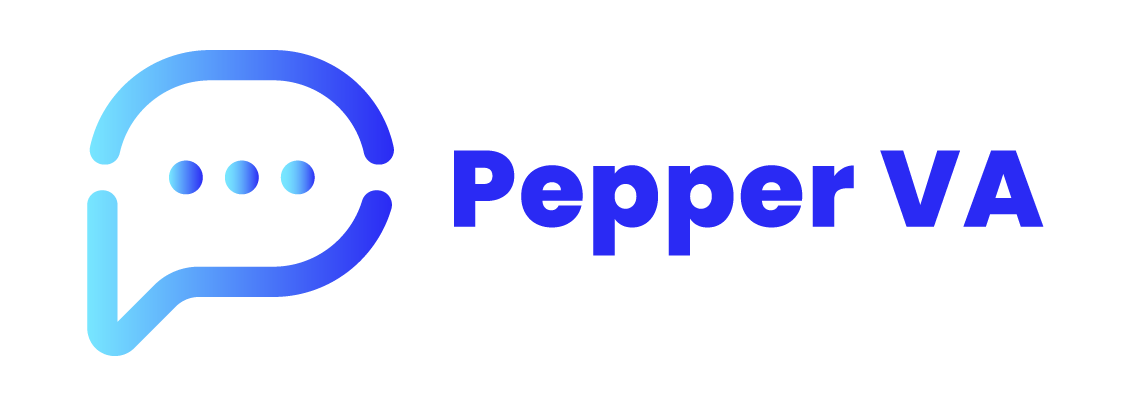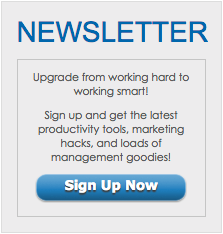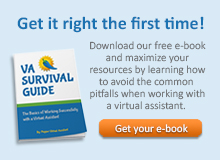In today’s fast-moving marketing world, the Rapid Planning Method (RPM) helps professionals cut through the noise by focusing on clear outcomes instead of endless to-do lists. By aligning daily tasks with long-term goals, RPM streamlines workflows, boosts motivation, and turns overwhelming projects into manageable, purposeful actions—helping marketers not just keep pace, but thrive.
Understanding the Rapid Planning Method
The Rapid Planning Method (RPM) is a dynamic framework that boosts productivity by focusing on desired outcomes and strategic actions. It’s designed to help you prioritize effectively, saving you time and energy in your marketing endeavors.
Core Principles and Structure
At the heart of RPM is clarity on what you truly want, known as outcomes. The method encourages you to ask, “What do I want?” It shifts your focus from tasks to results. By doing this, you can align your actions with bigger-picture goals, which leads to motivating and purposeful work.
Another key aspect is the RPM block system. This approach groups related activities, ensuring each task moves you closer to achieving your desired outcome. By concentrating on what matters, the time spent becomes more valuable and productive.
Origins and Development
Created by Tony Robbins, the Rapid Planning Method has roots in his personal development work. Inspired by a need for a more outcome-driven approach, RPM integrates techniques from various disciplines, tailoring them into a cohesive system.
The method evolved from Robbins’ years of coaching others, blending neuro-linguistic programming and strategic planning.
Why Traditional Productivity Tools Fall Short
Traditional productivity tools often focus on to-do lists that prioritize urgency over importance. While they help manage tasks, these tools can lead to overwhelming, unfocused days. RPM, on the other hand, shifts this focus to what’s most meaningful to you.
By focusing on outcomes, RPM ensures tasks support larger goals, avoiding wasted time and energy. This method explains how you can enhance your time management and productivity by reorienting your planning process around clear goals.
In summary, RPM transforms the way you approach tasks, integrating purpose and structure into your planning. It’s more than just organizing your day—it’s about designing a life that reflects your true priorities and aspirations.
Implementing the Rapid Planning Method in Marketing
The Rapid Planning Method (RPM) can significantly enhance productivity by clearly aligning daily actions with overarching marketing goals. By customizing RPM for specific roles and addressing common challenges, marketing professionals can streamline campaign management.
Adapting RPM for Marketing Campaigns
Start with defining the outcomes for your marketing campaigns using RPM. This involves setting specific, measurable objectives for each campaign segment. For instance, if launching a social media campaign, focus on objectives like increasing followers by 20% or boosting engagement rates by 15%.
Next, define why each goal matters—like boosting brand visibility or reaching new audiences. Knowing why you’re aiming for these outcomes ensures all efforts align cohesively.
Finally, list the action steps needed to achieve these targets. Break down large tasks into smaller actionable items and prioritize them based on urgency and impact. Tools like timelines or Gantt charts can help visualize these steps, keeping everyone on track and accountable.
Personalizing RPM to Your Marketing Role
Depending on your role, RPM may look different. As a content manager, your outcomes might focus on content creation and calendar consistency. Identify what’s critical for you and tailor the method accordingly.
If you’re in analytics, track effectiveness with clear metrics and regular monitoring systems. Personalizing the RPM to your responsibilities ensures efficiency and enhances job satisfaction.
Make regular adjustments to your action plans. Marketing is dynamic; strategies may need frequent updates. Ensure RPM adapts to these changing landscapes by engaging with team feedback and making necessary tweaks. This flexibility keeps you sharp and responsive.
Common Challenges and Solutions
One major challenge is maintaining focus amidst overlapping campaigns. It’s easy to get sidetracked by new projects. The solution is clear prioritization. Always align tasks with your core marketing objectives and resist the urge to veer off course. Use a dedicated planner or digital tools to stay organized.
Poor communication can derail progress. Use check-ins and tools like Slack or Asana to maintain clarity. Regular updates help keep everyone informed and motivated.
Lastly, the temptation to multitask can reduce productivity. The remedy is simple: embrace single-tasking. By dedicating your attention to one task at a time, you’ll find that efficiency and quality improve significantly. Encourage your team to do the same for better outcomes.
Benefits of RPM for Marketing Professionals
Implementing the Rapid Planning Method (RPM) can significantly enhance your productivity and impact in the fast-paced marketing field. By focusing on clarity, collaboration, and innovation, RPM offers tools that can transform how you approach marketing challenges.
Elevating Focus and Strategic Thinking
With RPM, you can prioritize your goals clearly, aligning them with your long-term vision. This method emphasizes defining clear outcomes, helping you concentrate on what’s truly important. When you shift attention from endless tasks to specific goals, your strategic thinking naturally improves.
By breaking projects into smaller, actionable steps, RPM keeps you focused. This clarity ensures that your daily activities directly contribute to broader organizational objectives. As a marketing professional, understanding where to invest your time is essential for personal and professional growth.
Boosting Team Collaboration
RPM promotes open communication and shared understanding within teams. By setting common goals, everyone is encouraged to work towards a unified purpose. This alignment fosters a collaborative environment and helps in resolving conflicts efficiently.
Regular check-ins and accountability structures ensure everyone stays on track. By using RPM to define outcomes and responsibilities, team members become more engaged and motivated. This structured approach enhances teamwork and leads to more efficient project execution, ensuring success in meeting marketing objectives.
Enhancing Creativity and Innovation
Using RPM, you create time and space to foster innovation. By removing distractions and focusing on key goals, your mind can explore creative solutions. This method encourages thinking outside the box and experimenting with new marketing approaches.
With a supportive framework, you feel more confident to try innovative ideas. Creative freedom fosters fresh campaigns. RPM supports originality that sets your brand apart.
Sustaining Productivity Gains with RPM
To maintain the productivity momentum created by the Rapid Planning Method (RPM), it’s essential to track your progress regularly and adjust plans as needed. Creating long-lasting habits also plays a crucial role in making sustainable productivity a reality.
Tracking Progress and Adjusting Plans
An ongoing assessment is key to sustaining productivity with RPM. Set measurable goals and regularly check your progress against these benchmarks. Use tools like spreadsheets or digital apps to keep track efficiently.
Frequent evaluations help identify gaps in your plans. Varying market dynamics require you to be adaptable. Adjust your strategies accordingly rather than sticking to a static plan. Stay flexible and ready to incorporate feedback or make modifications promptly.
Consider scheduling weekly reviews to update your approach based on recent outcomes. This will provide an opportunity to align your objectives with emerging opportunities. A proactive stance is pivotal for maintaining gains.
Building Lasting Habits
Sustainable productivity relies heavily on embedding good habits into your routine. Focus on establishing consistent, daily practices. Begin with small tasks that align with your RPM, gradually incorporating them into your daily workflow.
Utilize checklists or habits-tracking apps to monitor your commitment. Visual cues serve as reminders and reinforce your new habits. Motivation wanes, but seeing progress can help keep you on track.
Engage in mindfulness exercises to stay focused. Consider adopting a morning ritual that prioritizes essential tasks. Consistent routines help internalize habits, making them effortless over time, which ultimately boosts consistency in productivity.
Conclusion
The Rapid Planning Method empowers marketing professionals to move beyond traditional task lists by aligning daily actions with clear, outcome-driven goals. By fostering focus, enhancing collaboration, and encouraging adaptability, RPM transforms scattered efforts into strategic progress—making it a valuable tool for sustaining productivity and achieving lasting success in a fast-paced industry.





